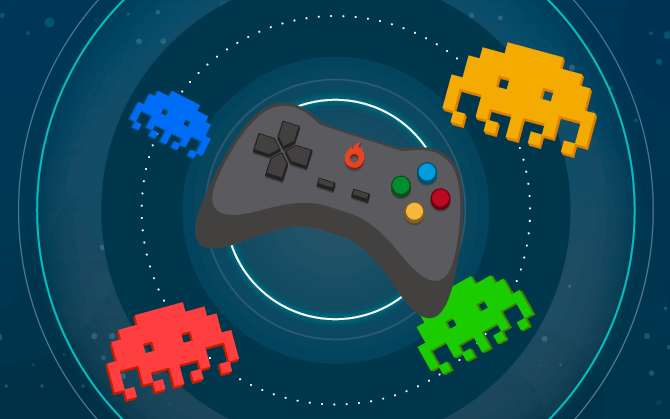
Gamification
There is growing evidence that gamification, or the use of game mechanics and player-centric design to
motivate and engage people, can help drive healthier choices and healthy behaviors in people that have
tuned out traditional messaging. However, getting to that healthier bottom line requires taking some time
to understand gamification—why it applies, how it works and who’s playing.
Gamification describes the broad application of game mechanics to non-game environments to motivate
people and drive specific behaviors. It translates people’s love for play and games into a new approach to
solving behavior-based problems while generating predictable, measureable results. While gamification
may lead to a mobile app or video game with entertaining game play, most uses of game mechanics and
game theory don’t immediately look or feel like games at all.
Motivational Design
A gamification type that emphasizes function, not fun. Motivational design uses game design in
stealthy or unconscious ways to simplify, re-enforce and drive behaviors. In motivational design,
users are not aware that they are playing a game. Examples of motivational design include programs
like Delta’s SkymilesSM, WeightWatchers™ or eHarmonySM.
Serious Games
A gamification type where function and fun are present in equal parts. Serious games augment
training, education or behavior change with game design, by using game design in transparent and
obviously motivated ways. In other words, users are completely aware that the program is a game
with a specific result or business objective driving it. Examples of serious games include Rosetta
StoneSM, The Biggest Loser™ or Wii Fit™.
Fun Systems
A gamification type that emphasizes fun, not function. Fun systems use the entertainment value of
the experience to drive engagement and participation. Users are aware that they are playing a game,
but may or may not be aware that there are business objectives at work as well. Examples of fun
systems include Where in the World is Carmen Sandiego and Zombies Run. Less tech-based
examples of fun systems might include using fantasy baseball to teach statistics or using cooking or
baking to teach chemistry.
